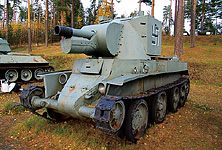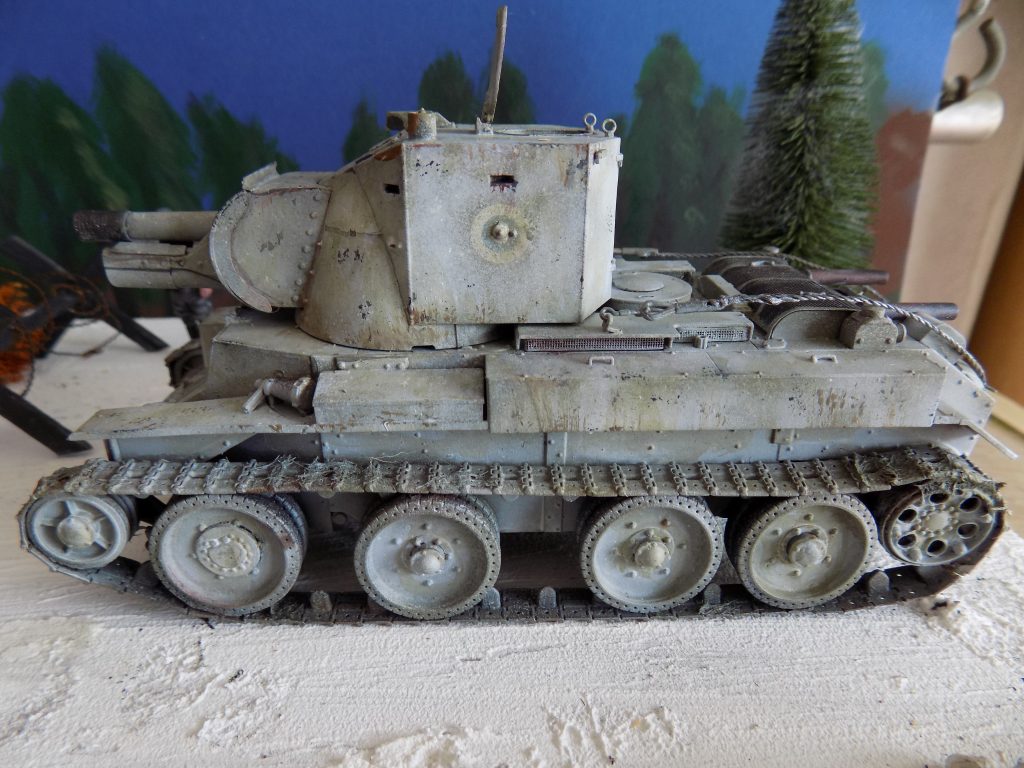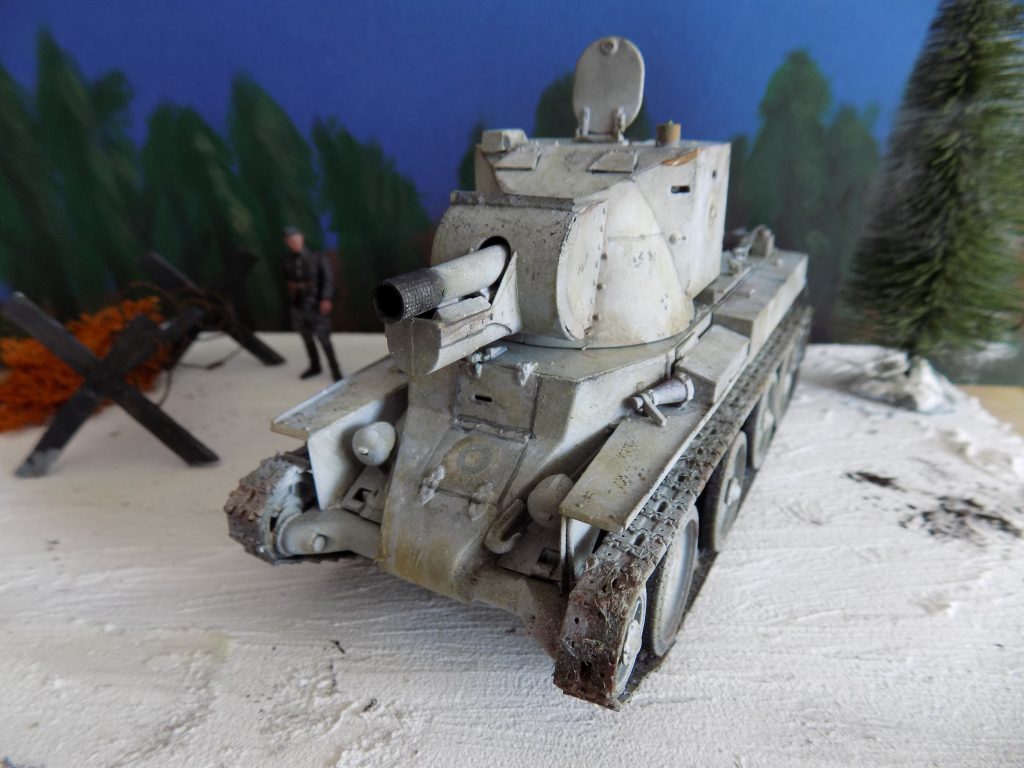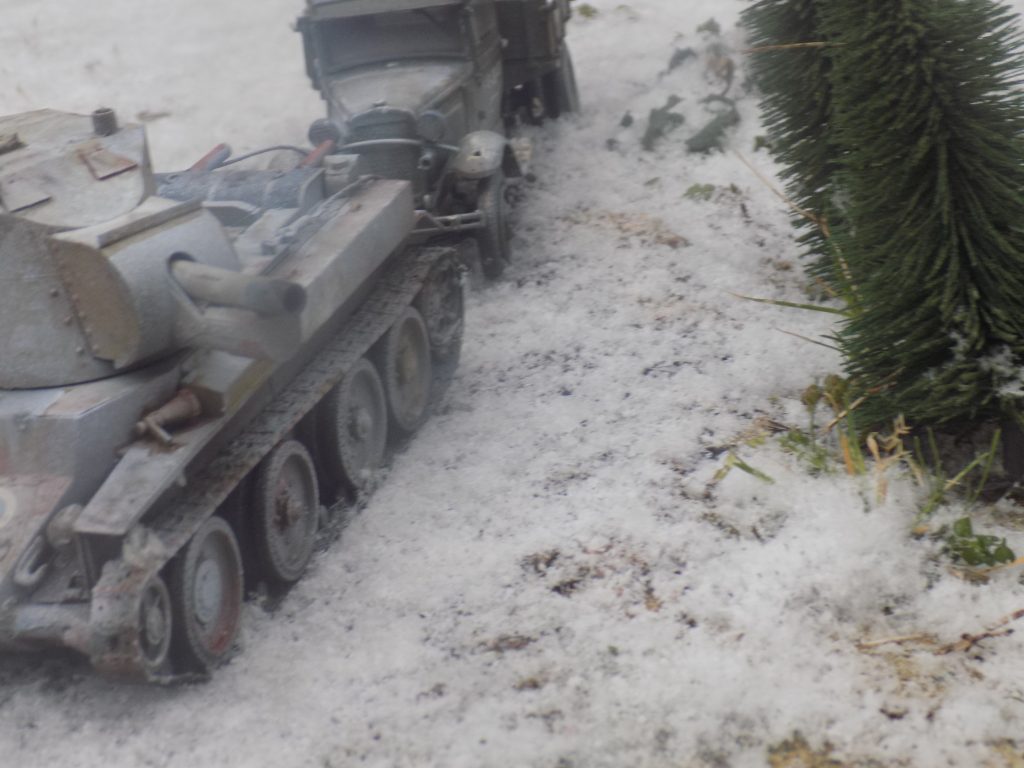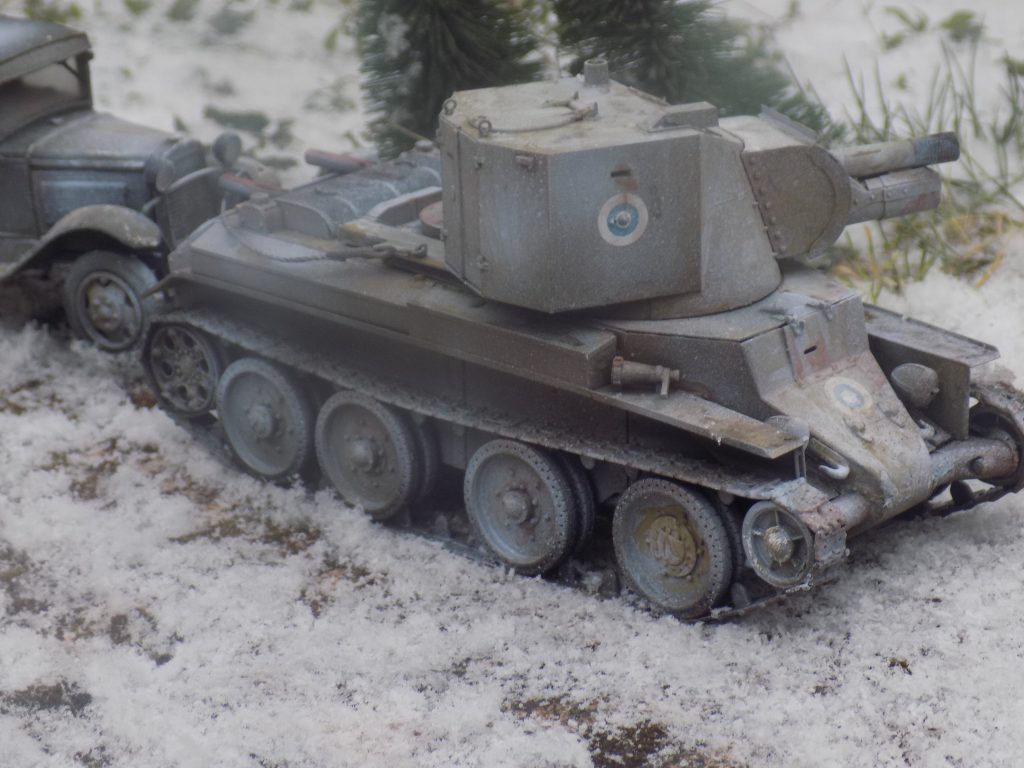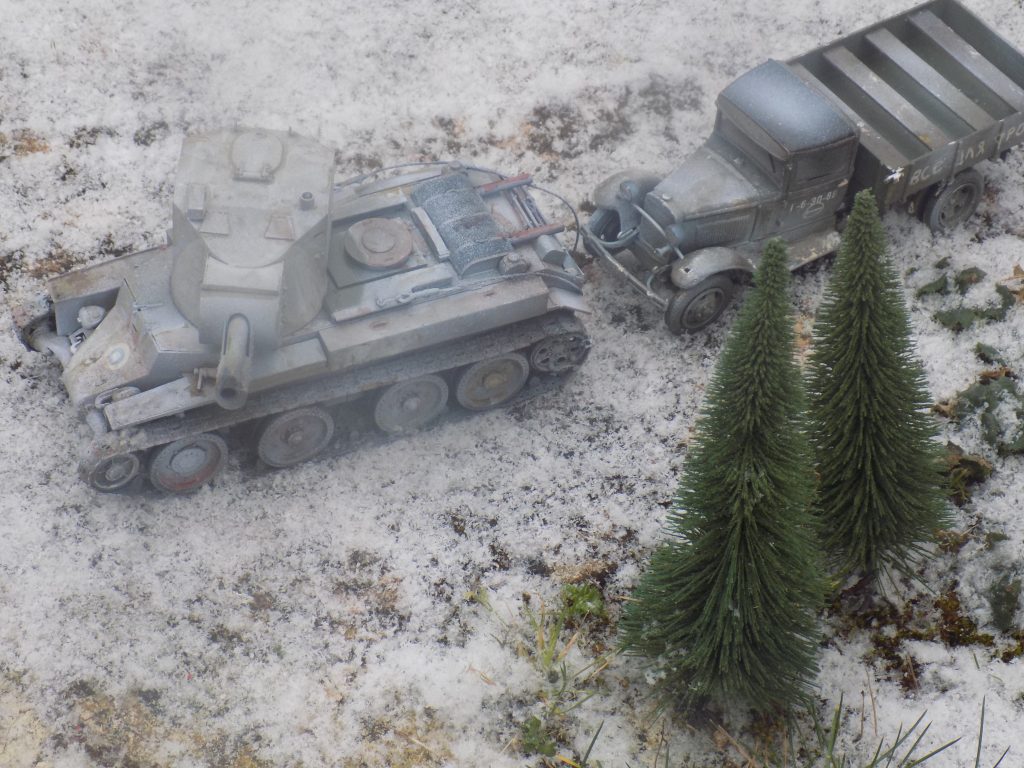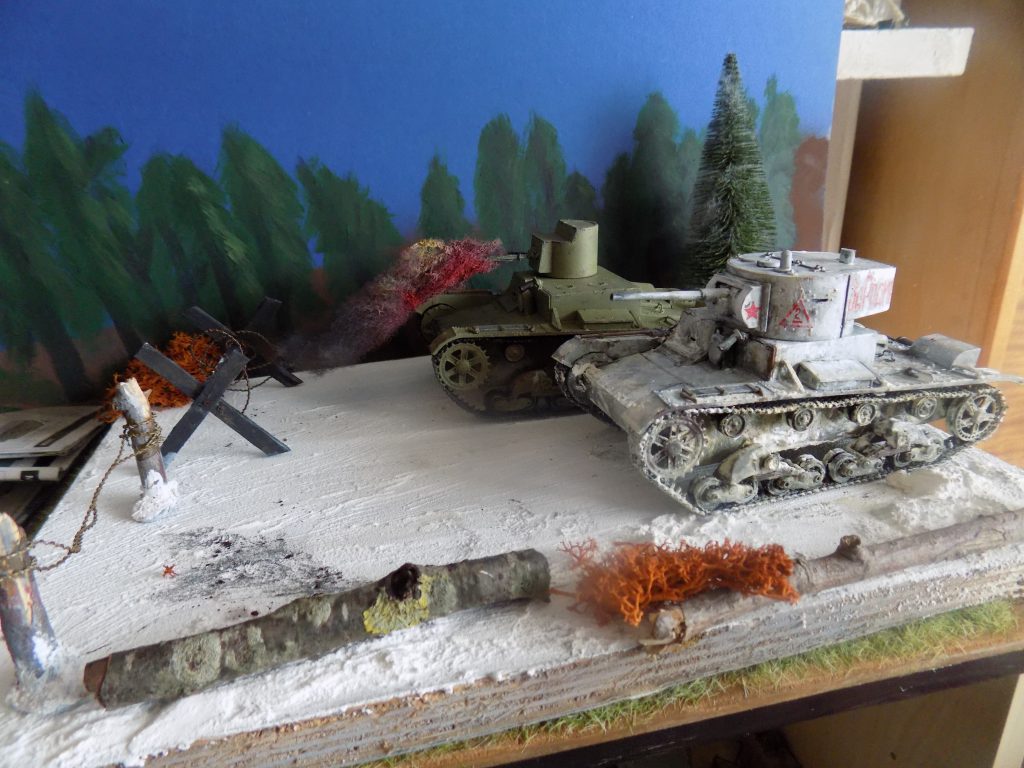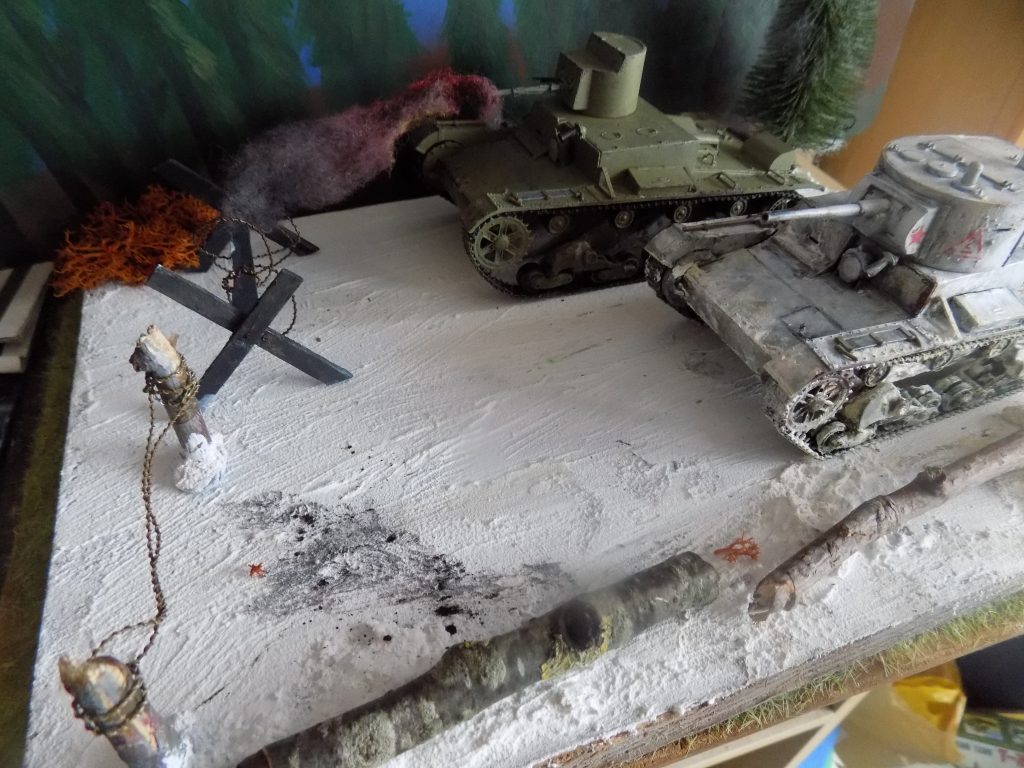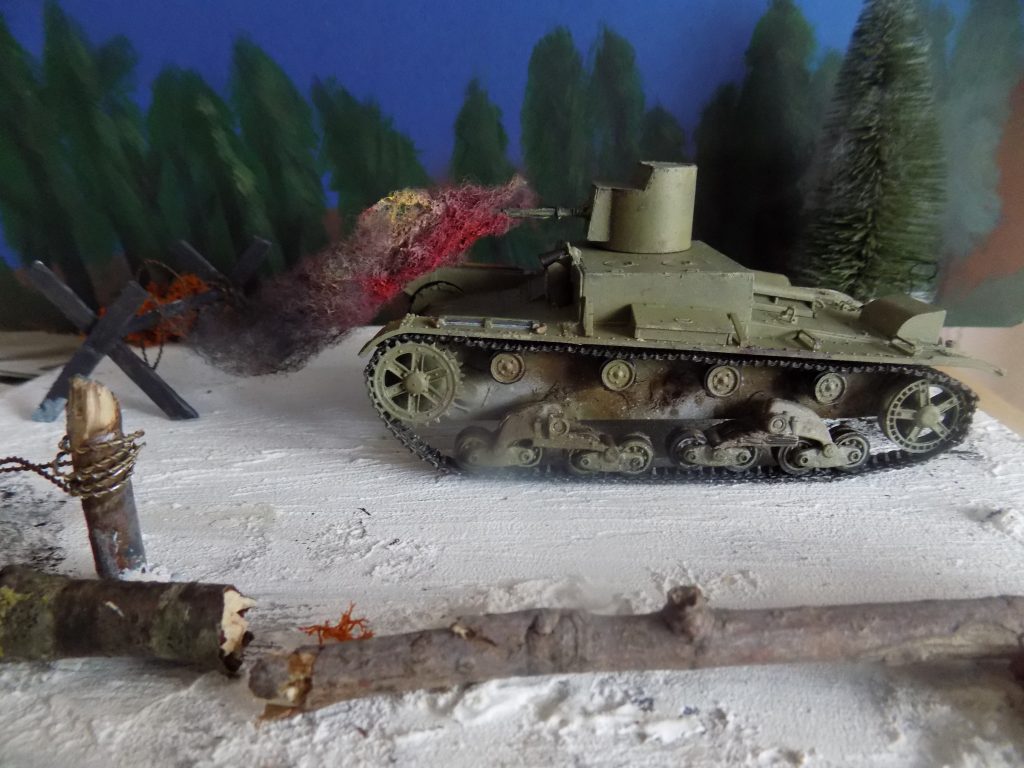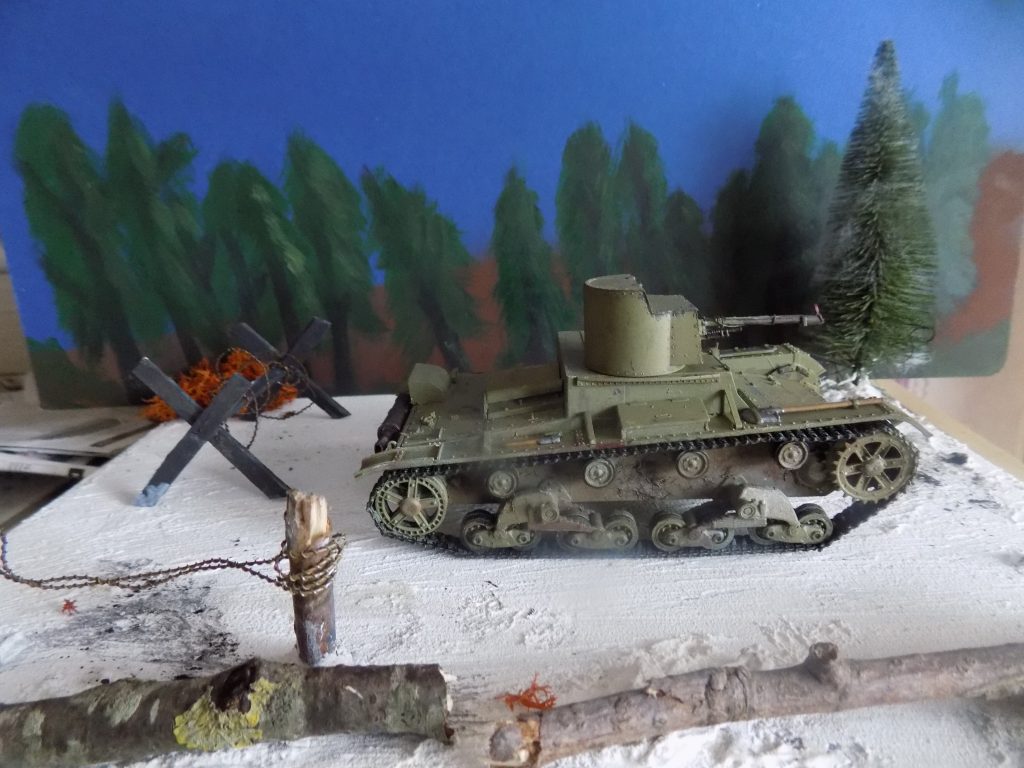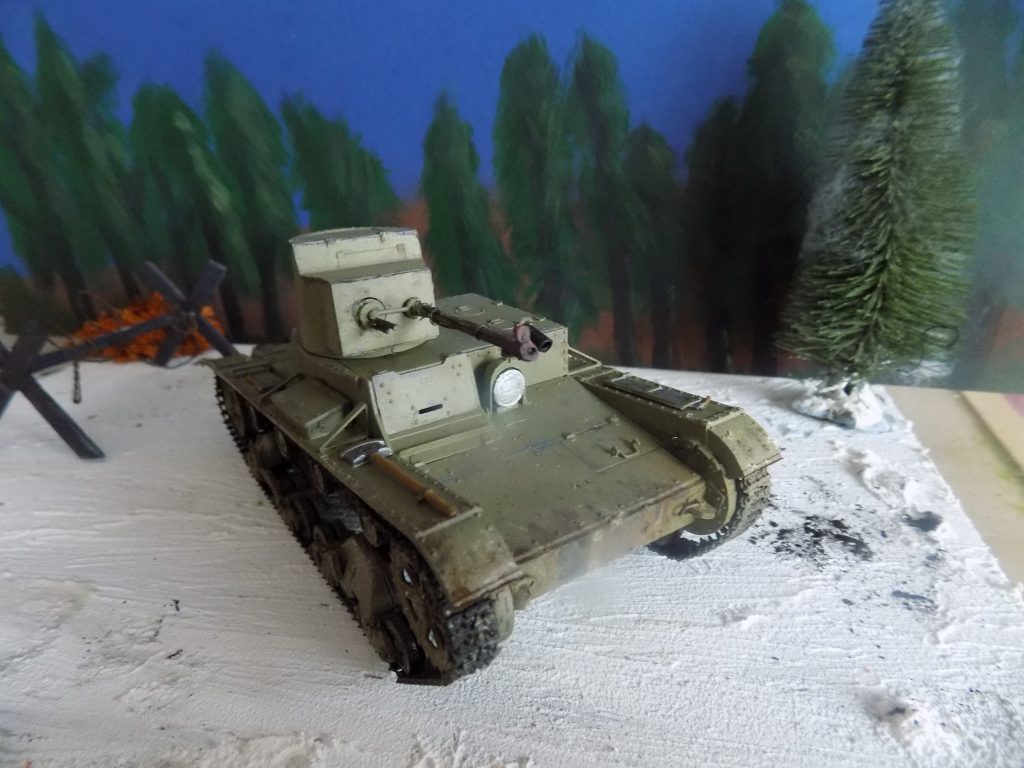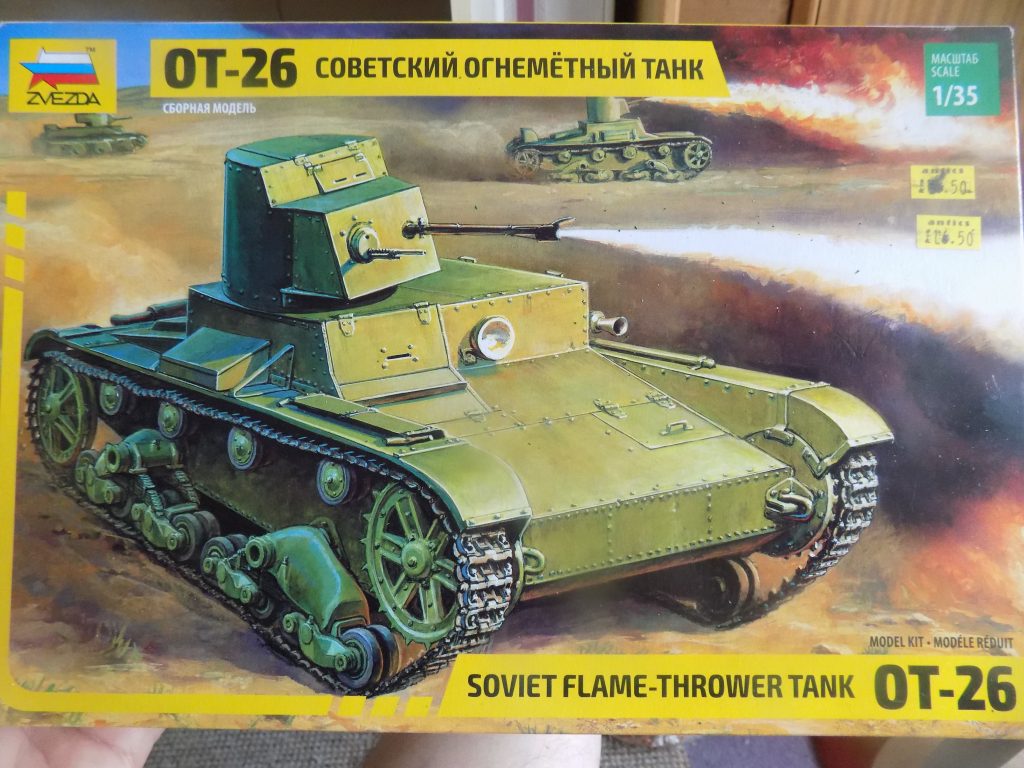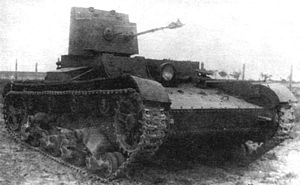
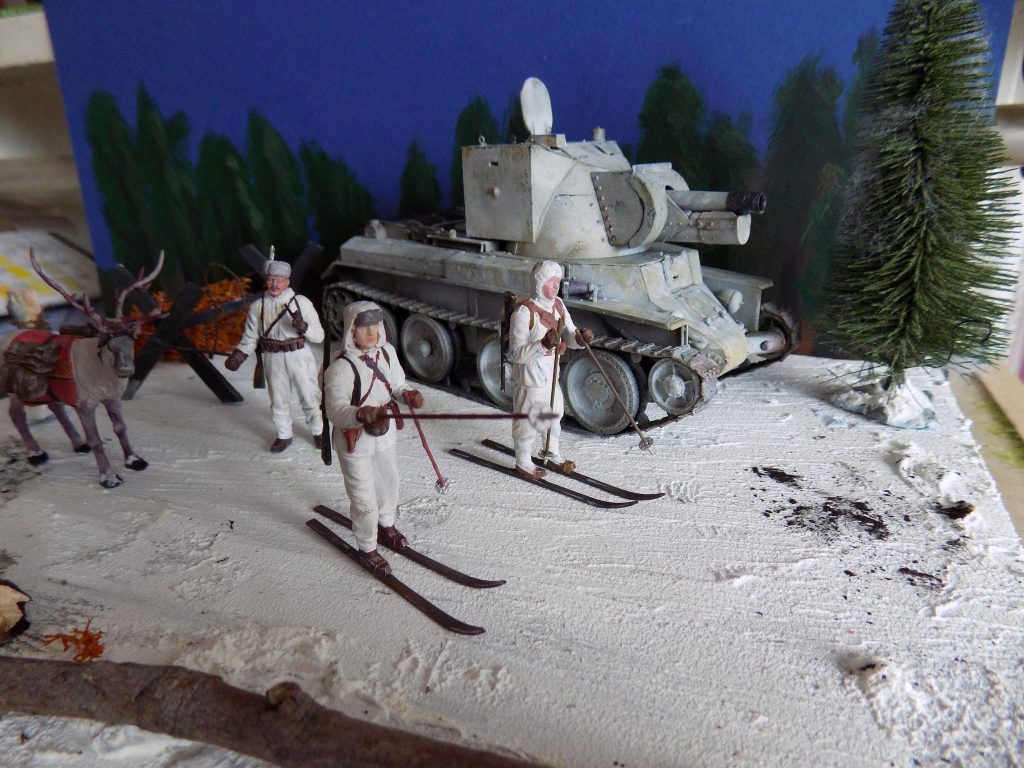
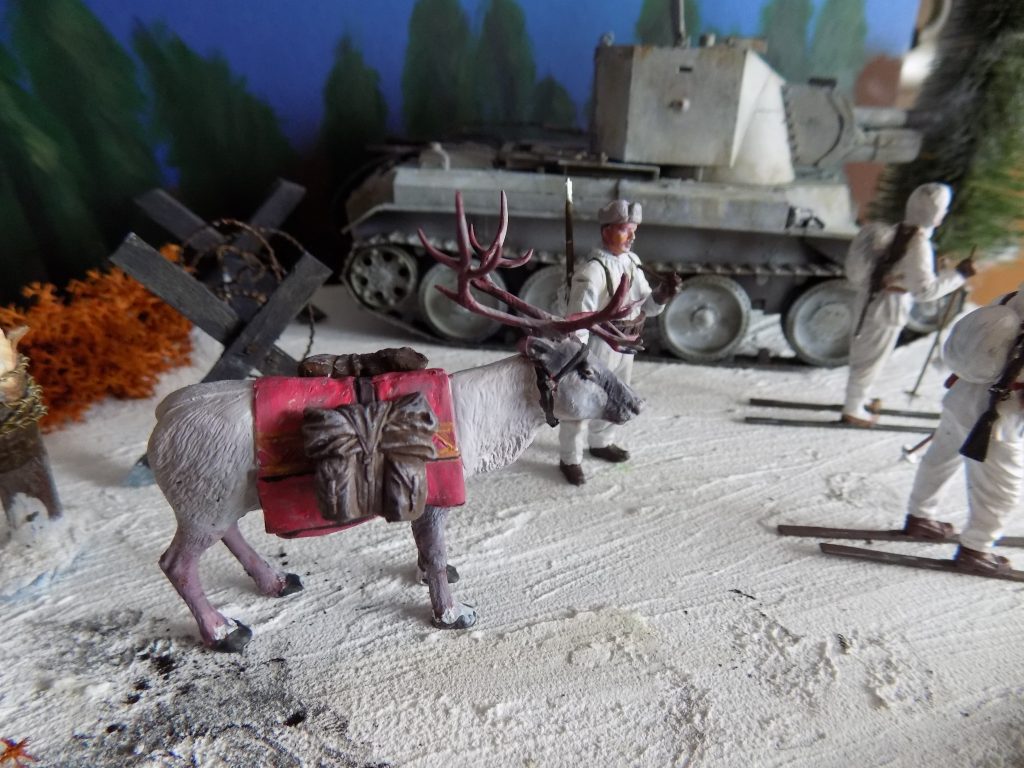
Most adult Finnish males were hardy, physically fit, excellent skiers, hunters and woodsmen. They made natural soldiers and knew how to use the terrain of frozen bogs, swamps, lakes and forests to excellent effect.
The Finns used small units in so-called ‘motti’ tactics to harass the Red Army, sever its supply lines and cut it up into small pockets which they would then proceed to destroy.
In anticipation of a quick victory, the Soviets started the conflict wearing summer uniforms and to disastrous effect. The Germans were to repeat the same mistake when they invaded the Soviet Union in June, 1941.
The Winter War, as it is called in Finland, which lasted for 105 days, saw some of the most bloody and intense battles of the Second World War.
The basic cause of the conflict was the struggle for spheres of influence between the Soviet Union and Nazi Germany after the signing of the Molotov-Ribbentrop pact of 23 August 1939.
Stalin was also anxious about the security of the ancient capital of Leningrad, formerly St Petersburg, second city of the USSR, a huge industrial centre and the country’s greatest seaport which lay only 20 miles from the Finnish border and in range of its guns.
After the Finnish government did not agree to territorial concessions, the Soviet Union invaded the country without declaration of war on 30th November 1939 and the conflict lasted until March 12, 1940 when the Finns signed a harsh peace in Moscow.
Although the Red Army emerged triumphant, it had incurred staggering losses and its reputation dealt incalculable harm.
The Soviet losses were 126, 000 killed and missing, 246,000 wounded and shell-shocked.
‘Loss of men did not worry Stalin either then or later: it never has worried the Russians. The real damage, as Stalin must have been aware, was the blow to the credibility of the Red Army as a military force. The German General Staff made a careful study of the Russian tactics in the Winter War and concluded its report with the verdict: ‘The Soviet “mass” is no match for an army and superior leadership.’ For once, Hitler was prepared to accept the views of the General Staff: it coincided with his belief that no Slav fighting force could stand up to the racially superior Germans. Nothing did more to convince him in 1941 that he was justified in gambling on defeating the Russians in a single campaign than their performance against the Finns.’ From Alan Bullock, Hitler and Stalin, Parallel Lives, p 721-22, 1998.
During the Soviet-German war, 1941-1945, the Finns fought on the side of the Axis. In Russian speaking sources the war is referred to as the Soviet-Finnish front of the Great Patriotic war while in Finnish historiography it is known as the ‘Continuation War’ the aim of which was the return of the territories lost during the Winter War and the seizure of extra Soviet territory up to the borders of the ‘Three Isthmuses’ i.e. Belomor, Karelian and Olonets.
BT-42 Assault Gun
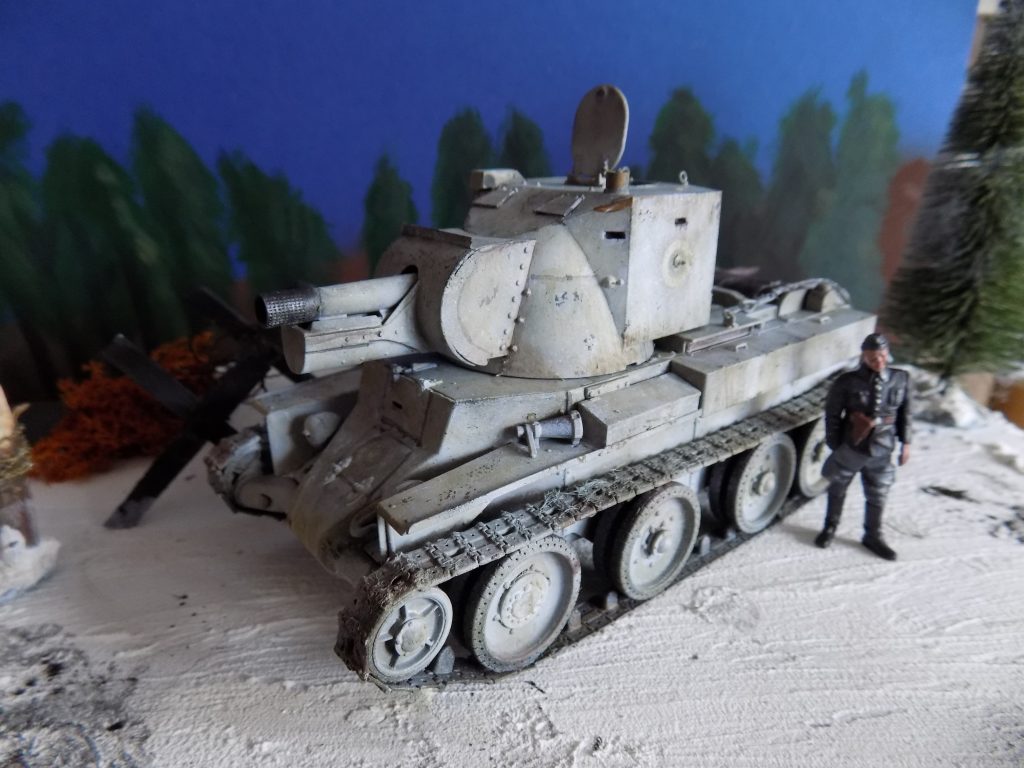
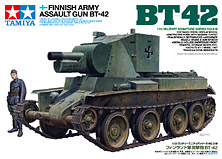
During the WWII, the Finnish Army utilized captured Soviet tanks as their significant armament. Among these was the BT-42 assault gun which the Finnish Army created by pairing the hull from a captured Russian BT-7 Model 1937 light tank with a British 114 mm howitzer and a redesigned BT-7’s large boxy turret. 18 units were produced from 1943 to 1944 and they were deployed to the Svir River region to attack the Russian bastion. In June 1944 during the Battle of Vyborg, BT-42s saw fierce combat against advancing Russian forces. From Tamiya website.
